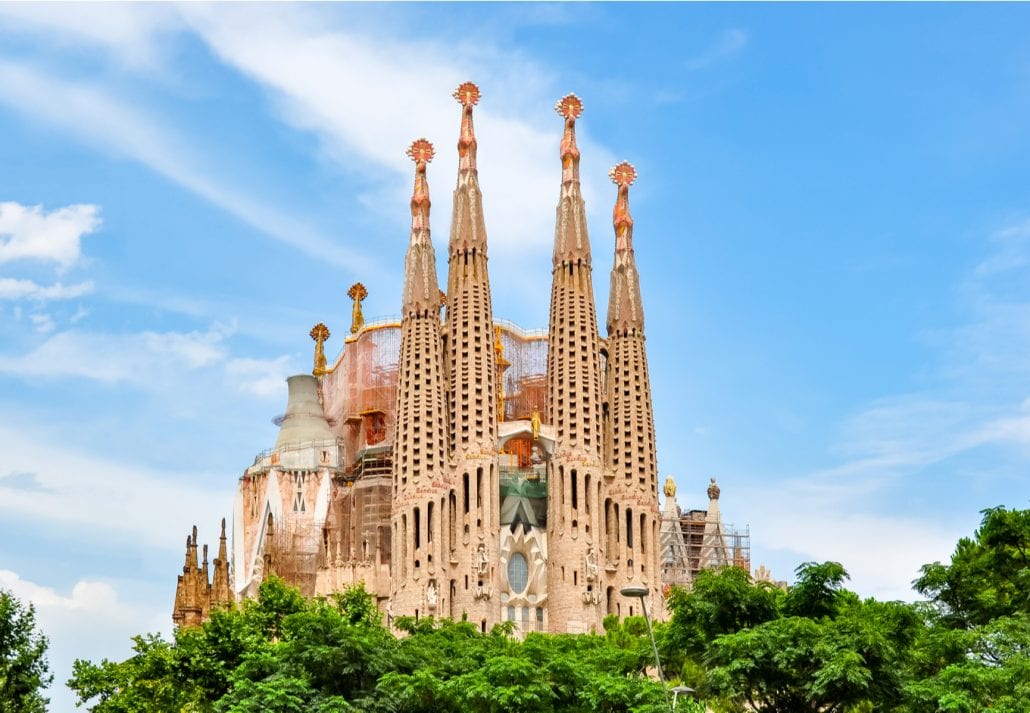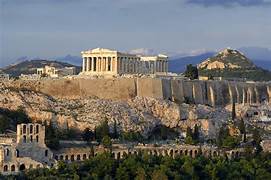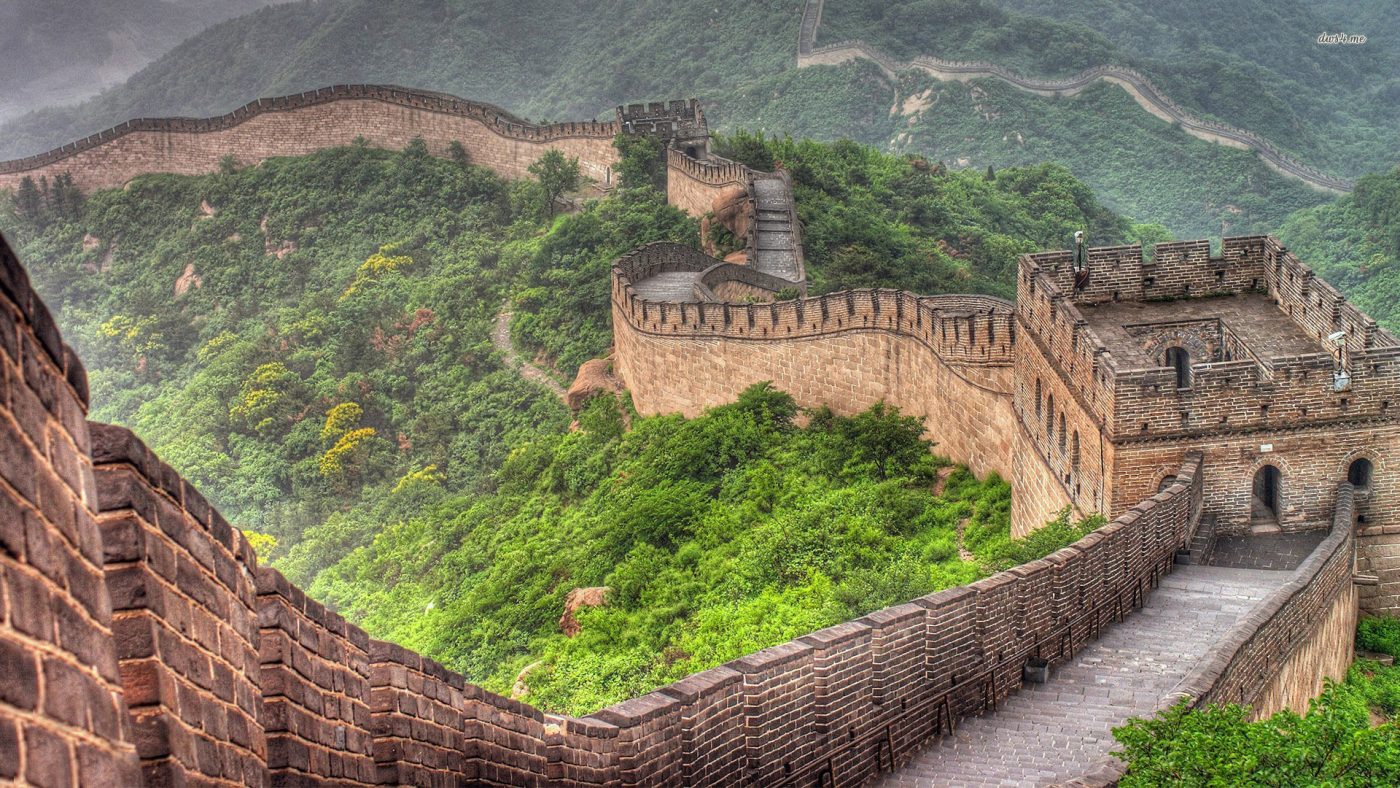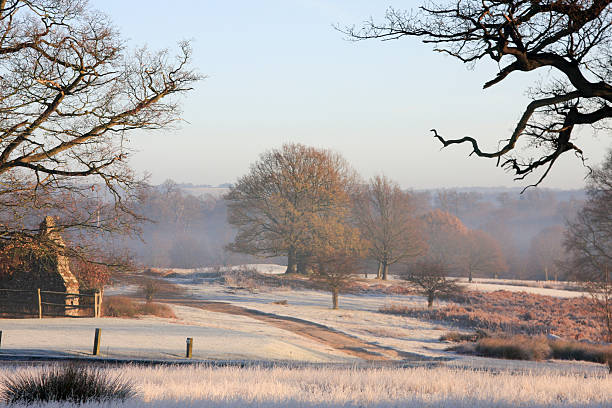May 2008. Istanbul greeted me with a symphony of sounds I'd never heard before – the call to prayer echoing across ancient domes, the insistent calls of spice vendors, the rumble of ferries cutting through the Bosphorus. This wasn't just another city; it was where East literally meets West, where minarets share skylines with church spires, where you can have breakfast in Europe and lunch in Asia. Istanbul doesn't ask you to understand it immediately – it reveals itself layer by layer, like the countless civilizations that have called it home.
Hagia Sophia: Where Empires Whisper
Standing before Hagia Sophia for the first time is an exercise in humility. The massive dome seems to float impossibly overhead, held up by what looks like divine intervention rather than Byzantine engineering. Built in 537 AD, this architectural miracle has witnessed the rise and fall of empires, served as both cathedral and mosque, and somehow managed to embody 1,500 years of human history within its walls.
"In Istanbul, you don't just visit history – you walk through it, breathe it, become part of its continuing story."
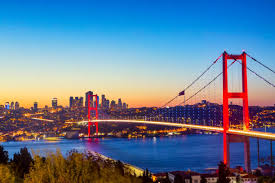


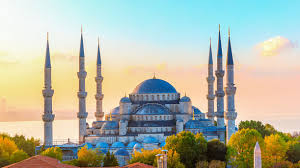

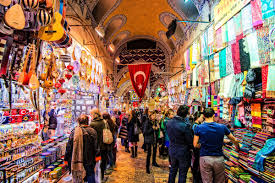
Byzantine Glory Meets Ottoman Grandeur
Inside Hagia Sophia, I found myself caught between two worlds. Byzantine mosaics of golden angels gazed down from the upper galleries, while massive Islamic calligraphy medallions hung from the walls below. Rather than conflict, there was conversation – a dialogue between Christian and Muslim artistic traditions that somehow created something greater than either alone.
The light streaming through the windows created an almost ethereal atmosphere, illuminating motes of dust that danced in shafts of sunlight just as they must have done for Byzantine emperors and Ottoman sultans. The marble floor, worn smooth by millions of feet over centuries, felt like a direct connection to every pilgrim, tourist, and worshipper who had stood exactly where I was standing.
- The Impossible Dome: Byzantine engineering that still baffles architects
- Golden Mosaics: Christian art preserved through Islamic centuries
- Calligraphy Medallions: Ottoman additions to Byzantine grandeur
- Marble Columns: Brought from ancient temples across the empire
- Living History: A building that has served three religions
The Blue Mosque: Sultan Ahmed's Dream in Tiles
If Hagia Sophia represents the layering of history, the Blue Mosque across the square represents singular, focused vision. Sultan Ahmed I wanted to create something that would rival – perhaps even surpass – the great Byzantine church, and the result is breathtaking in its unity and purpose.
The six minarets reaching toward the sky caused controversy when first built – supposedly only Mecca's mosque should have that many. The solution? The Sultan funded a seventh minaret for Mecca. Problem solved with imperial generosity and a touch of diplomatic genius.
Inside, I understood immediately why it's called the Blue Mosque. More than 20,000 handmade ceramic tiles in shades of blue, turquoise, and white covered the walls and dome, creating an effect like being inside a jewel box or underwater palace. The afternoon light filtered through 260 windows, making the tiles shimmer and glow. It was less like entering a building and more like stepping into a vision.
The Grand Bazaar: Organized Chaos and Ancient Commerce
The Grand Bazaar is where Istanbul's heart beats loudest and fastest. One of the world's oldest and largest covered markets, it's a labyrinth of over 4,000 shops spread across 61 streets. Getting lost here isn't a possibility – it's guaranteed. But getting lost in the Grand Bazaar is exactly the point.
Every turn revealed new treasures: carpets in colors I didn't know existed, lanterns casting intricate shadows, mountains of spices arranged in perfect pyramids, gold jewelry glittering under countless lights. The air itself was layered with scents – leather, spices, coffee, perfume – while the soundscape was pure commerce: bargaining in a dozen languages, the clink of tea glasses, the call of vendors competing for attention.
I watched master craftsmen at work – a man hammering intricate patterns into copper bowls, another painting delicate designs on ceramics, a jeweler examining stones with practiced eyes. These weren't tourist performances; this was real work, the continuation of trades passed down through generations, perhaps for centuries.
The art of bargaining in the Grand Bazaar is a dance, not a confrontation. The shopkeepers don't just want to sell you something – they want to engage, to share tea, to tell stories, to create a memory attached to whatever you buy. I learned that the first price quoted is merely an opening gambit in a conversation that might last an hour and end with you buying something you didn't know you needed but now can't imagine living without.
Between Two Continents: The Bridge That Unites
The moment that defined my Istanbul experience wasn't in any ancient building or historic site – it was walking across the Bosphorus Bridge. On one side, Europe. On the other, Asia. In between, just me and thousands of other people crossing between continents as casually as crossing a street.
The Bosphorus strait, that narrow ribbon of water connecting the Black Sea to the Sea of Marmara, has been one of the world's most strategic waterways for millennia. But on that May morning, watching ferries crisscross below, seeing palaces and fortresses on both shores, I wasn't thinking about geopolitics or trade routes. I was thinking about how remarkable it is that a single city can claim two continents.
Halfway across, I stopped. Europe behind me, Asia ahead. Or was it the other way around? In that moment, the artificial nature of continental divisions became clear. Istanbul doesn't choose between East and West – it is both, simultaneously, completely. The city is the bridge, not just literally but metaphorically, culturally, spiritually.
The Taste of Two Worlds
Istanbul's food scene is as complex as its history. Every meal was a reminder that this city has been a crossroads for centuries. Turkish breakfast – a spread of cheeses, olives, tomatoes, cucumbers, honey, and bread that could feed an army. Simit sellers on every corner, their sesame-crusted bread rings still warm. Döner kebab that made every version I'd eaten elsewhere seem like a pale imitation.
But it was the Turkish tea and coffee culture that really captured me. Tiny glasses of strong, sweet çay consumed constantly throughout the day. Turkish coffee thick enough to stand a spoon in, served in delicate cups with a side of lokum – Turkish delight – that actually lived up to its name. Every transaction, every conversation, every moment of rest was accompanied by tea or coffee. It wasn't just refreshment; it was the social glue that held the city together.
Where Three Empires Left Their Mark
What makes Istanbul unique isn't just that it spans two continents – it's that it has been capital to three of history's greatest empires. Roman, Byzantine, and Ottoman rulers all chose this strategic spot at the crossroads of the world. Each left their mark, and rather than erasing what came before, each layer added to the complexity.
Walking through Sultanahmet, you can see this layering everywhere. Byzantine columns supporting Ottoman buildings. Roman foundations beneath Byzantine churches. Turkish baths built over Roman cisterns. The city is an archaeological cake, and every slice reveals different eras coexisting, sometimes uncomfortably, always fascinatingly.
As the sun set over the Bosphorus on my final evening, turning the water golden and silhouetting the minarets against an orange sky, I realized Istanbul had done something no other city had managed. It had made me question my assumptions about how cities should work, how cultures should interact, how history should be preserved.
In most places, being caught between two worlds is seen as a problem. In Istanbul, it's the entire point. The city doesn't resolve the tension between East and West, ancient and modern, tradition and progress – it thrives on it. Istanbul is proof that you don't have to choose, that the most interesting place to be is often right in the middle, on the bridge between continents, between eras, between different ways of seeing the world.
May 2008 in Istanbul taught me that some cities aren't meant to be understood quickly. They're meant to be experienced, absorbed, and carried with you. I left Istanbul, but I'm not sure Istanbul ever really left me. It's still there, in the memory of light through blue tiles, in the taste of strong tea, in the simple act of crossing from one continent to another as easily as crossing a bridge.


